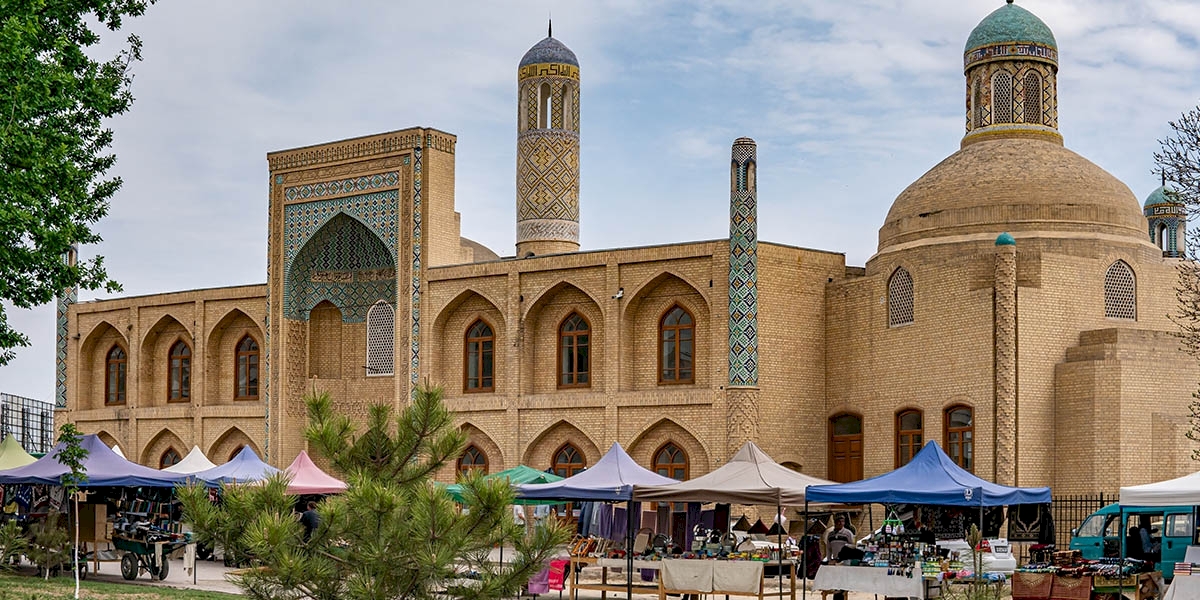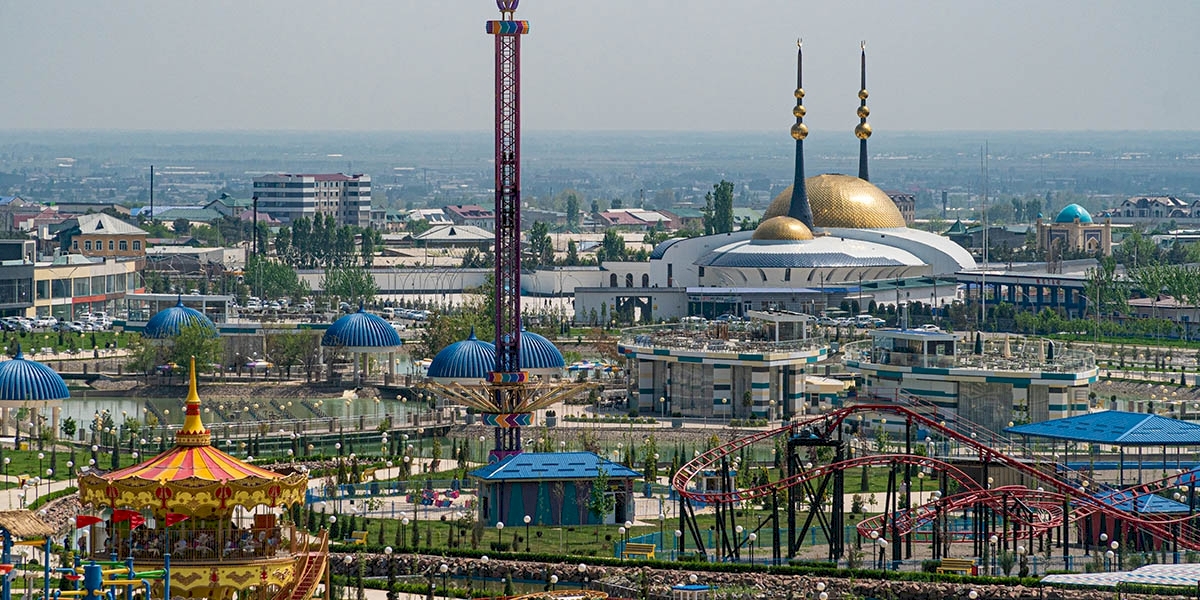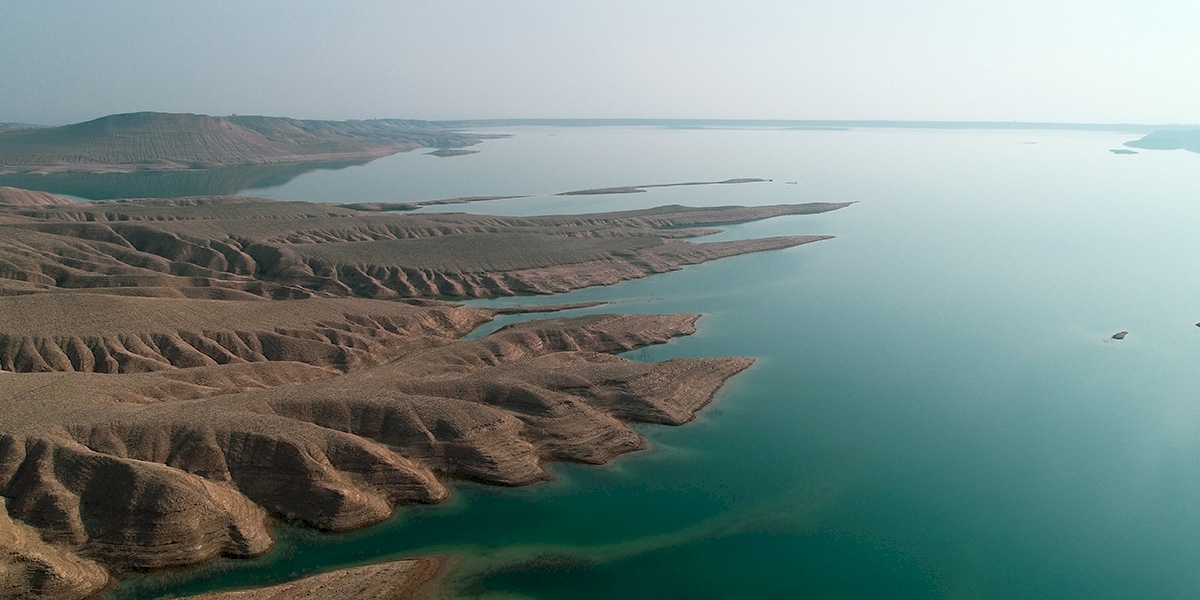NAMANGAN
Namangan was the second most populous city and center of cotton processing in the Fergana Valley, and then the third largest in the country, after Tashkent and Samarkand.
Currently, Namangan is developed as the center of light and food industries. The city abounds in green orchards and parks. Not far from Namangan there are ruins of the ancient city of Aksikent. Archaeological researches state that the city had a citadel and strong fortifications. Trade and handicraft production was well-developed here. Before the thirteenth century Aksikent was the capital of the Fergana Valley.
At the same time, industrial enterprises began to be established. In 1914, there were more than 40 enterprises (including 17 cotton ginning factories) in the city. In the following decades, light, food and machinery industry enterprises were built in the city, as well as hydroelectric power stations in Namangansoy.
The total cultivated area of agricultural land is 185,811 hectares. A total of 23 agroclusters operate in Namangan region. Among them, there are 7 cotton-textile plants (production capacity - 201,250 tons), 9 grain plants and 5 fruit and vegetable plants (production capacity - 20,300 tons), as well as 2 clusters of medicinal plants (production output capacity – 2 tons). They have 104,206 hectares of land, of which 23,128 hectares are directly connected to clusters, and 3,177 farms belonging to clusters own 39,990 hectares. 11 cooperatives and 7 agrologistics centers operate.
There are 4,993 farms operating in the region, of which 2,362 are engaged in cotton grain growing, 1,323 in horticulture and viticulture, 219 in vegetable growing and policing, 927 in animal husbandry, and 105 in other areas. An area of 244 hectares was divided into greenhouses by 143 farms. Currently, 144 farms have been given 3,240 hectares of land for intensive gardens.
Local Suppliers
Choose the direction of the exporter's goods
Select the direction of goods to sort:
Shown 0 goods from 0
 Namangan
Namangan

